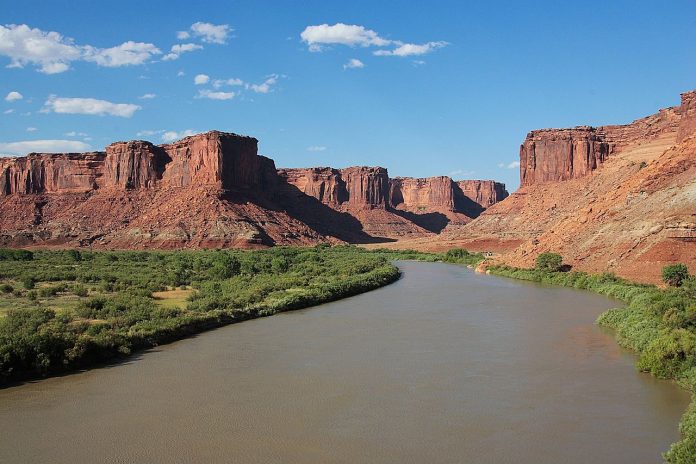How many times did you hear from your elders: ‘When I was your age, I didn’t have a (fill in the blank) to do my work. I had to use a pencil and paper’?
By Michael Campana*
The subtext was that absence of modern tools made their minds grow sharper. They implied the lack of a pocket calculator, iPad, Excel, Google, Wikipedia or some other ‘bright shiny object’ technology made them better. Unable to provide a short cut, all the extra effort required may have slowed them down, but in return gave them a more complete understanding of the problem.
Could they have been correct? Fast forward to 2016. A friend recently made an interesting complaint: groundwater modeling has become ‘too easy’ these days. No longer must we write our own intricate computer codes and painstakingly gather, and robotically enter, our own data.
Now some ‘tech’ just collects and inputs everything, uploads a spreadsheet, hits ‘return’ and watches the answer emerge from the other end.
What my friend has found is that the person doing the modelling often has no feel for the system he’s simulating. Are the values of the coefficients realistic? What is the uncertainty? Do the results make hydrologic sense?
Don’t ask the tech–he’s not a groundwater scientist or engineer. If there is no QA/QC–the combination of quality assurance, the process or set of processes used to measure and assure the quality of a product, and quality control–that’s a dangerous situation. He mused that perhaps it’s time to get out of the executive suite and do some field and lab work every so often.
The importance of field work
A case in point is the Gravity Recovery and Climate Experiment (GRACE) satellite data which have afforded us incredible information. GRACE discoveries have raised the world’s groundwater consciousness sky-high. We can discern changes in groundwater storage–falling or rising groundwater levels–on a huge scale of tens or hundreds of thousand square kilometres. Dr Jay Famiglietti of the University of California-Irvine and NASA’s Jet Propulsion Laboratory is arguably the best known of the GRACE researchers.
In 2014, Famiglietti and his colleagues published a study of groundwater in the USA’s Colorado River Basin (CRB). It’s a small, 640,000 km2 watershed, compared to the Mekong, Nile, Amazon, Ganges, or Congo rivers. But despite its modest size, it provides a drinking, irrigation, power, industrial and recreational lifeline to more than 30 million people in the arid southwestern USA.
GRACE showed that the basin’s groundwater reserves had declined by about 50 km3. That’s a huge amount of water. Still, keep in mind that spread out over the entire basin, the total decline is about 0.08 metres, over nine years, a decline of less than a centimetre per year.
In fairness, not all the land beneath the CRB has large groundwater reservoirs and the groundwater declines are not uniformly distributed. But it begs the question: how much groundwater is left?
The answer is we have no idea.
As Stephanie Castle, the lead author on the paper reporting the study’s results, put it: “We don’t know exactly how much groundwater we have left, so we don’t know when we’re going to run out.”
GRACE data are good for measuring f lows, but not stocks of groundwater. It’s like looking at the deposits and withdrawals in your bank account without knowing the opening balance.
Other factors will likely limit how much groundwater we can withdraw, so we will likely not come close to extracting all the groundwater that is physically available. But knowing how much is available is important to assess how much groundwater we have to use as a buffer in worst-case scenarios.
The spatial resolution of the GRACE CRB information is about 200,000 square kilometres. That’s great for getting the big picture but it’s not good enough to be a useful tool for water managers.
What about the cause of the decline? Can it be ascribed to climate change as some people have claimed? Again, we don’t know; it could be due to additional pumping, reduced recharge, or both.
GRACE is a useful tool, but it is does not present the entire picture regarding groundwater. It’s wise to use GRACE in conjunction with other data and always employ ground-truthing when possible. There is no substitute for ‘boots-on-the-ground,’ old-fashioned hydrogeological work—using modern tools, of course.









